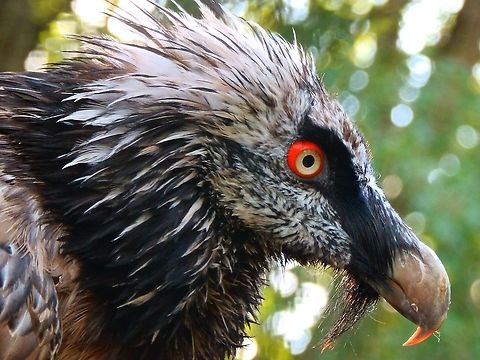Social Issues in Science students create awareness for threatened animals with unique project

Just last week, Kelley Galyen’s Social Issues in Science class, with a total of 13 students, had just finished making books for endangered species.
The project was called Sponsor-A-Species. The project is focused on endangered animals that don’t normally get the spotlight.
These animals can range from merely half a foot to nearly 5 feet.
Despite this being Galyen’s first year teaching the course, she said she is absolutely enamored by it. Galyen loves that “Social Issues allows students to explore topics from all angles and is centered on projects where they can inject creativity in using their voice to express empathetic viewpoint supported by science.”
During the unit leading up to the project the class had watched the movie “Gorillas in the Mist.”
Alongside the movie, Galyen’s small class of 13 “explored wildlife crimes and looked at environmental and socioeconomic factors impacting and impacted by these crimes … and how ecosystems might be affected by the loss of any single species,” Galyen said.
The project the students were tasked with and given a week to complete allowed students to “focus on a threatened/endangered species that does not receive much public attention or support becoming an expert and advocates for their chosen species,” Galyen said. After finishing their research on their selected species the students were then created an interactive book for it.
All students in the class had chosen some very unique species from around the globe.
Senior Ivy Hemmer, after a while of searching for the perfect species for the project, had come across one of the sea cows called a dugong. Despite the species not being as endangered as other sea animals, it is definitely threatened, with the current population of the sea cow being around 100,000.
In her research, Hemmer found, “they don’t reproduce very often, so the numbers have consistently dropped.”
Alongside their struggle to reproduce, Dugongs face similar threats that their fellow sea creatures face as well.
Hemmer said the pollution of water and the loss of habitat and food sources are causing the native coastal Australian sea cow to struggle to repopulate even more than it already does.
Despite these challenges, the dugong’s life span will allow populations to continue for years to come. Hemmer said the dugong’s lifespan “it can thrive up to 60 or even 70 years old in the right conditions.”
From the coast of Australia to the mountains of Vietnam and Laos, senior Varun Gulwadi chose the endangered animal called the Saolas.
Gulwadi’s attention was caught by the large ox through its unique appearance. The saolas have unique horns, white splotches on their faces, and their unique alternative name, the Asian unicorn, Gulwadi said. She said the species had garnered their nickname Asian unicorn because of their rarity to be seen within their home.
Gulwaldi said the ox is “critically endangered, with less than 750 saolas in total.”
Gulwadi said it is no wonder that there are only 750 Saolas left in the world. The poor mammal has to deal with massive habitat loss and hunting, alongside the factor of illegal wildlife trading.
From the mountains of Vietnam and Laos and into skies around the globe, senior Aiden Reynolds had chosen the bearded vulture. Reynolds has a love of birds and brought this love into supporting an endangered bird for class.
This vulture suffers from the threats of “habitat loss, human development, poaching and poisoned food,” Reynolds said.
These threats have ultimately caused the bearded vulture to be near threatened around the globe and vulnerable in Europe.
Throughout the project, Reynolds found many fascinating facts about the vulture, including that the bearded vulture is “the only bird species that specializes in eating bone, to make them easier to swallow, they drop them on rocks.”
The large vulture is found in mountainous regions around the world, and these places include Southern Europe, Central Asia and some parts of Africa.
From the seas to the skies around the world, the students went on their own hunts to find endangered animals of all types.
The students were given nearly 20 pages with each page being a different topic they had to cover for their chosen animal. One of the student’s last pages required that they record a video, encouraging the readers to sponsor the animal.
The students were given a week to complete the project, and all appeared to enjoy it greatly.









You must be logged in to post a comment Login